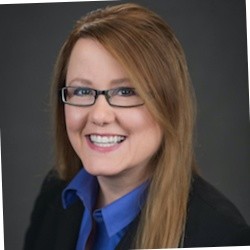Speaker: Those in assisted living are helping to shape the future of healthcare
The current healthcare revolution is about more than just the Affordable Care Act, and it's not just bickering among political opponents—even if the politicians and others don't know it, John J. Nance told those attending his closing keynote speech at the seventh annual National Centers for Assisted Living Day meeting.
"We are also, for the first time, confronting the question of, 'What should healthcare look like in America?" he said, adding that those who work in assisted living will play a large role in determining the answer.
"As my generation, the Baby Boomer generation, gives you more and more business, you are really much more involved in the forefront of the changes in medical care, the changes in healthcare, as any hospital, and maybe even more so," said Nance, one of the founders of the National Patient Safety Foundation, the husband of a nurse, and the son and nephew of former assisted living residents.
"Patient-centric means that everything—everything—is subordinate to the best interests of the patient," Nance said. The patient or resident experience is the core element of person-centered care, he added, and the core elements of the patient or resident experience, he said, are:
- The quality and effectiveness of clinical outcomes,
- The safety of virtually everything done to the patient,
- The quality of the environment into which the patient ventured, and
- The quality of relationships—staff to staff and staff to residents and families.
To succeed at putting the needs and wishes of residents first and addressing quailty and safety issues, Nance said, employees must understand the reasoning behind new procedures when they are put in place, so they can take ownership of their roles and work toward a common goal with their fellow staff members. A good leader, he added, is part of the equation, too, realizing that employees are not perfect but coaxing the best possible performances out of them and creating an environment in which staff members feel comfortable being honest with one another and with their leader.
"You know what you can accomplish. You know what your people can accomplish," Nance said. "What you can do together as a team is impressive." And when people work together as a team, he added, safety and quality can improve.
See other content by this author here.

Lois A. Bowers was senior editor of I Advance Senior Care / Long-Term Living from 2013-2015.
Related Articles
Topics: Articles , Clinical , Executive Leadership , Facility management , Leadership , Risk Management











